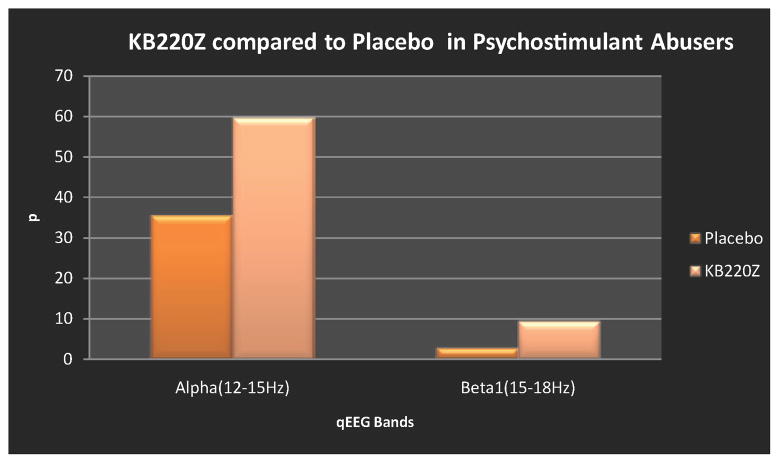Figure 1. Illustrates a positive response to KB220Z compared to placebo in triple blind randomized placebo controlled study in psychostimulant abusers undergoing protracted abstinence (modified from Blum et al. [94].
This is the first report to demonstrate involvement of the prefrontal cortex in the qEEG response to a natural putative D2 agonist, especially evident in dopamine D2 A1 allele subjects in agreement with NIDA scientists as well as others in terms of the use of D2 agonist therapy to treat additive behaviors [95,96]. These authors concluded that DA/5-HT releasers and D2 agonists might be useful therapeutic adjuncts for the treatment of cocaine and alcohol addiction, obesity, and even attention deficit disorder and depression [95]. Of particular interest germane to bariatric surgery Brandacher et al. [97] reported that Tryptophan depletion in morbidly obese patients due to chronic immune activation persists in spite of significant weight reduction following bariatric surgery. They suggest that this finding might be responsible for diminished serotonin functions, leading to unchanged satiety dysregulation and play a role in reward-deficiency-syndrome.

